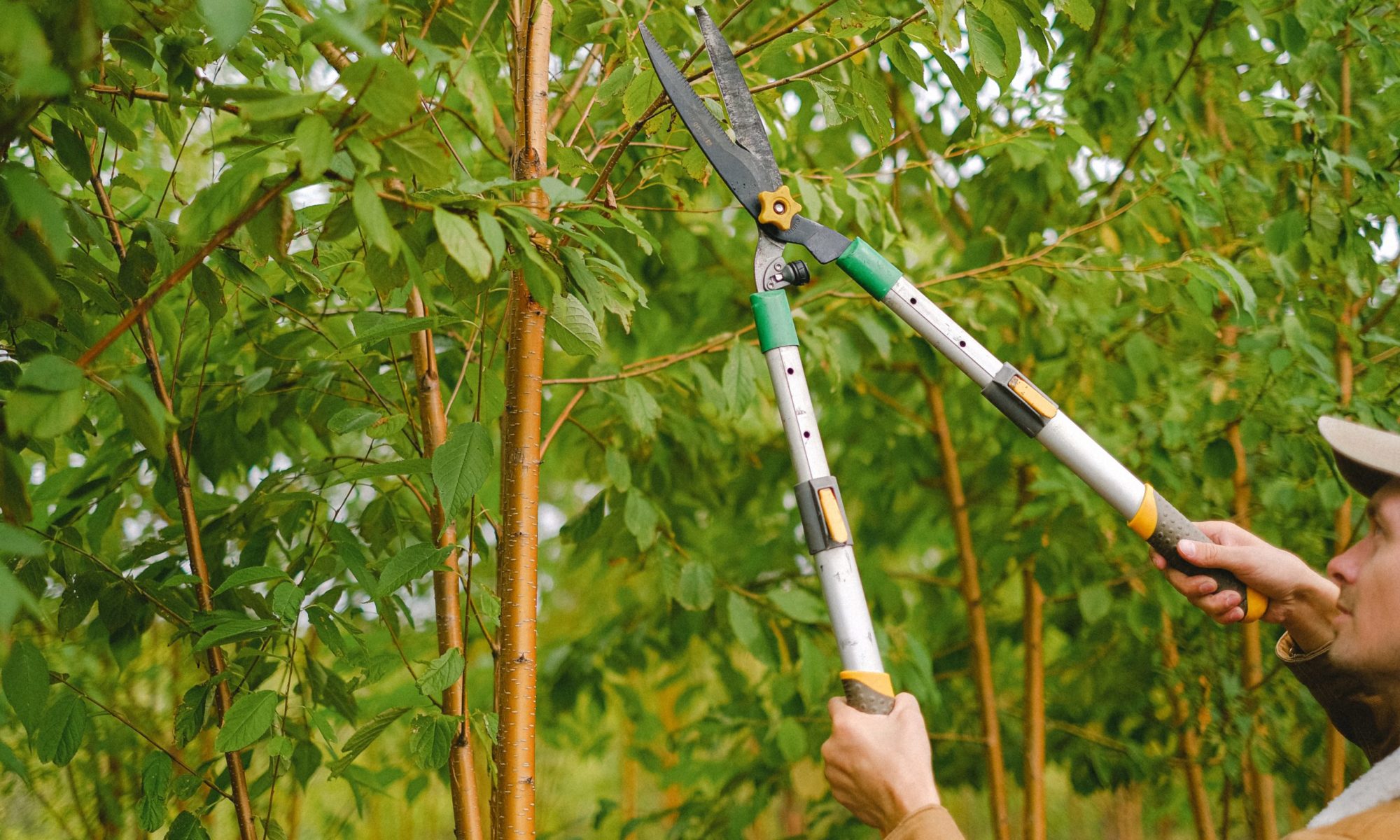When is the best time to trim trees? Whether you’re an arborist, a homeowner, or just curious about when best to prune your trees, the answer often depends on the type of tree and other factors. For example, some types of tree (like fruit trees) only need pruning in late winter while others (such as oaks) can be trimmed at any time throughout the year. In this easy guide, we’ll go over the best time to trim trees along with some other considerations, such as the effects of insects, disease, and cold weather.
Prune in Winter for Most Tree Varieties
Generally speaking, the best time to trim trees is from November through March when they’re dormant. This is because most trees are less susceptible to insect damage and disease during this time. It’s also a good idea to wait until late winter/early spring so you don’t accidentally prune away any flowers or buds that are about to bloom.
If you’re trimming a fruit tree, however, it’s best to do so in late winter when the tree is still dormant but before new growth begins. This will allow for the best shape and size of the fruit tree. Similarly, if you have a tree that blooms in the spring, it’s best not to trim it until after it flowers.
Trees best pruned in late winter:
– Apple
– Apricot
– Cherry
– Peach
– Pear
Trees best pruned in early spring:
– Crabapple
– Dogwood
– Hollies (English and American)
Keep in Mind the Effects of Insects and Disease on Trees
Insects and disease can impact a tree’s best time to trim as well. For example, if you notice that your trees are infested with bark beetles or other insects in January or February, it may be best to wait until the end of March before pruning them so that any new eggs laid will hatch out after you’ve trimmed the tree.
Similarly, if your tree is diseased, it’s best to wait until after you’ve treated the disease before pruning it. Otherwise, you may spread the infection to other parts of the tree.
Be Mindful of Your Surroundings
When trimming trees, always be mindful of your surroundings and avoid damaging any nearby structures or plants. If you’re trimming a tree that overhangs the house, for example, be sure to leave at least six inches of clearance between branches and any part of your home. Similarly, if you’re trimming trees near power lines (or on steep land), it’s best to call an arborist to do the work for you.
Give Us a Call
If you are looking for the Bay Area’s favorite tree cutting service, look no further than our team of experienced arborists. At Sexy Trees, our wide range of services and care will keep your trees healthy and beautiful for decades to come. We believe in supporting our communities of trees through evidence-based techniques that you can depend on.
Give us a call at 925-233-6877 for an estimate, or email us at [email protected] anytime with questions!
 Bringing Sexy Back Into Your Yards
Bringing Sexy Back Into Your Yards 
